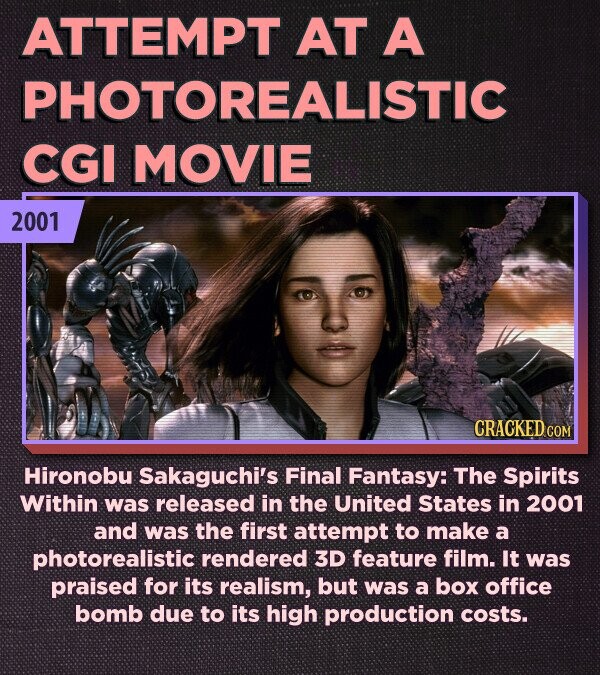15 Major Milestones In Movie Special Effects
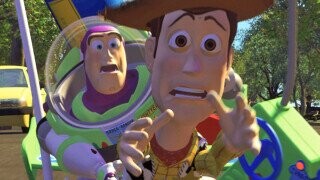
Ah, the art of special effects! It is the stuff of dreams and nightmares, of amazement and terror. From the earliest days of cinema, filmmakers have been striving to create new and innovative ways to bring their stories to life. From Alfred Clark’s 1895 substitution shot to Hironobu Sakaguchi’s 2001 attempt at a photorealistic CGI movie, special effects have come a long way.
This list is a tribute to the pioneers of special effects, the people who have pushed the boundaries of what is possible and made our movie-going experiences all the more enjoyable. From Edwin Porter’s compositing to George Lucas’s Industrial Light and Magic, these are the people who have revolutionized the world of special effects, and made it possible for us to experience the magic of cinema. So, without further ado, let’s take a look at some of the most significant milestones in special effects history – not counting blue cat-people in space.
Alfred Clark: The man who made special effects possible.

The Great Train Robbery

Norman A. Dawn’s revolutionary 1907 discovery.

Electric Hotel: Stop-motion magic brought to life.
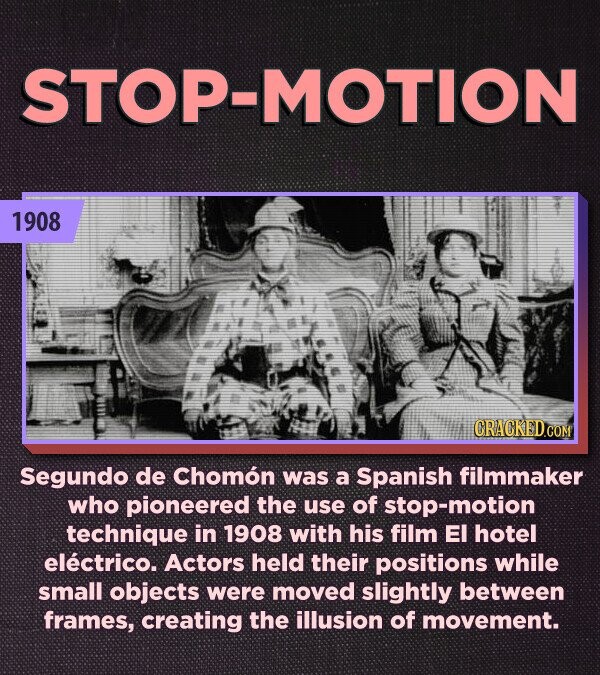
Claymation

Early FX
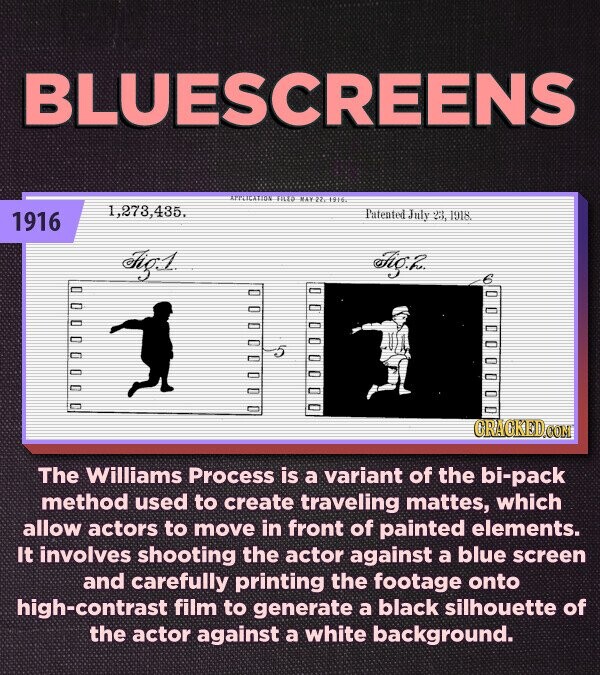
The audience was unimpressed – but history was made.
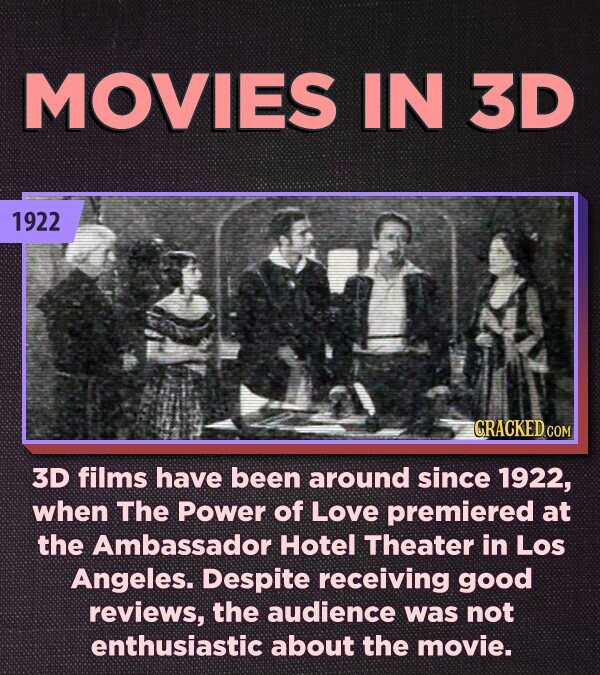
1973: the birth of pixelization.

George Lucas

Sherlock Holmes meets cutting-edge tech.

Friendly Ghost? Check. Box-office hit? Check.

Toy Story

“The Matrix” revolutionized slow-motion: bullet-time.
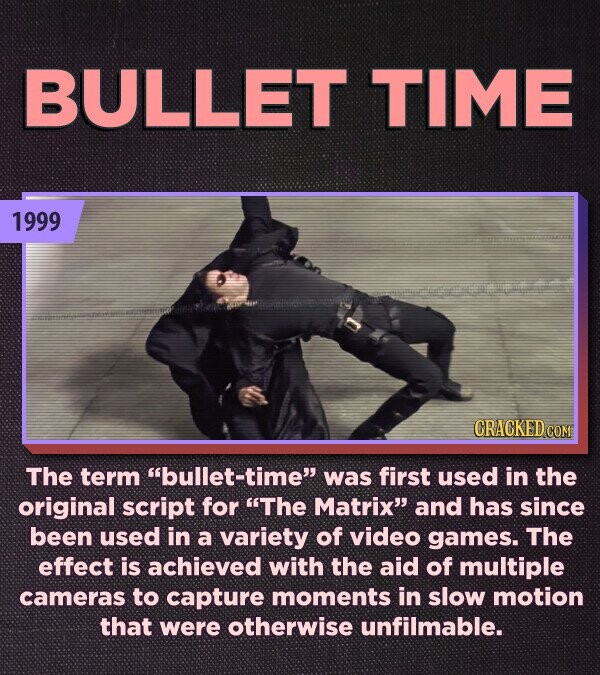
“Antz” revolutionized water effects – scientists at Los Alamos made it possible.

Sakaguchi's ambitious 3D movie: Spectacular visuals, but costly failure.
